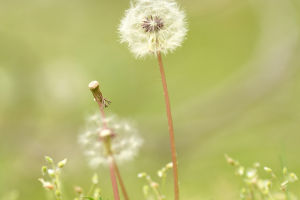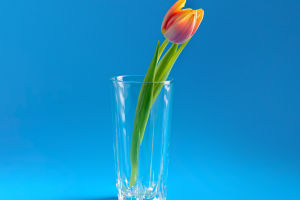We are excited to share the wonder of the Baobab tree, a majestic and unique plant native to Madagascar. Known scientifically as Adansonia grandidieri, this tree stands out not only for its striking appearance but also for its fascinating characteristics.
While it may not be a household name to many, the Baobab tree’s importance, ecological role, and endangered status make it a subject worth exploring.
Physical Features of the Baobab Tree
When we think of the Baobab tree, its massive size and distinct shape come to mind. This tree can grow as tall as 30 meters and can have a trunk diameter reaching up to 3 meters. The trunk is thick and cylindrical, covered in smooth red-gray bark, while the inner bark is thick, fibrous, and tough. The tree's crown is flat-topped, and its branches spread horizontally, giving it an umbrella-like appearance. The leaves are palmately compound, with 6-11 leaflets arranged in a spiral pattern, and the tree sheds its leaves during dry seasons.
The Baobab’s flowers are quite unique as well. These flowers are hermaphroditic and grow singly at the leaf axils, found at the tips of branches. The petals are narrow, lance-shaped, and quite large, reaching 9-10 centimeters in length and about 1.7-2 centimeters wide. It is the beauty of this tree's structure that truly captures the attention of nature enthusiasts.
Baobab’s Fruits and Seeds
We can’t talk about the Baobab tree without mentioning its fruits, which are not only fascinating in appearance but also incredibly beneficial. The fruits are large, oval to almost spherical in shape, and have a tough, thick skin with a reddish-brown color. The pulp inside is full of seeds, and the fruit is known for its nutritional value. The Baobab fruit is rich in Vitamin C, proteins, calcium, and phosphorous, making it a highly nutritious food source. In Madagascar, the fruit is often consumed directly or used to make refreshing juices.
The seeds of the Baobab tree are packed with lipids and are used for extracting edible oils. These oils can be used in cooking or for cosmetic purposes, making the Baobab tree highly valuable for both local consumption and industrial production.
Where Does the Baobab Grow?
The Baobab tree is native to the southwestern regions of Madagascar, primarily found from Morondava in the north to Morombe in the south. It thrives in dry, deciduous forests and is typically located near waterholes and rivers. The tree flourishes best at altitudes below 50 meters, benefiting from the warmth and relative dryness of the area. This specific growing condition is one of the reasons why the Baobab is so uniquely adapted to Madagascar’s climate and ecosystems.
Baobab in Madagascar’s Culture and Economy
In Madagascar, the Baobab tree holds cultural and economic significance. Its fruits are not only a source of food and nutrition but also serve as ingredients for local juices, making it a crucial resource for the local population. Additionally, the tree’s bark is used in traditional medicine, and the fibers extracted from the bark are used to create ropes, which are vital in building and maintaining homes in the region.
The tree is also commercially valuable due to its use in the cosmetics industry. The oils extracted from its seeds are highly sought after for skincare products, further enhancing the Baobab's role in the economy. This multi-functional use of the tree showcases its importance to the people of Madagascar.
Endangered Status of the Baobab Tree
Unfortunately, the Baobab tree is listed as "Endangered" on the International Union for Conservation of Nature’s (IUCN) Red List, and its survival is under threat. As we continue to explore the wonders of nature, it is important to remember that many of these species, like the Baobab, require our attention and conservation efforts to ensure they are protected for future generations.
Conservation efforts are crucial to safeguarding the Baobab tree’s habitat, and there are ongoing initiatives in Madagascar aimed at preserving its unique ecosystem. As the climate changes and human activity encroaches on natural habitats, this incredible tree faces challenges that may threaten its existence. We all play a part in raising awareness and supporting efforts to protect endangered species.
Embracing the Baobab Tree
As we conclude our journey through the fascinating world of the Baobab tree, it’s clear that this tree is not just a plant; it’s a vital part of Madagascar’s natural and cultural landscape. From its incredible size and appearance to its invaluable contributions to local food, medicine, and industry, the Baobab deserves our attention and respect. Let’s continue to celebrate and protect this majestic tree for generations to come.
Thanks for reading, Lykkers! Keep exploring and learning about the wonders of our planet!


